Home>diy>Building & Construction>What Does An Architect Do In Construction


Building & Construction
What Does An Architect Do In Construction
Modified: March 6, 2024
Discover the role of an architect in building construction and how they bring designs to life through their expertise and creativity. Enhance your understanding of the architectural process and its impact on construction projects.
(Many of the links in this article redirect to a specific reviewed product. Your purchase of these products through affiliate links helps to generate commission for Storables.com, at no extra cost. Learn more)
Introduction
An architect plays a crucial role in the construction industry, bringing both artistic vision and technical expertise to the table. They are responsible for designing and overseeing the construction of buildings, ensuring that they meet aesthetic, functional, and safety requirements.
Architects have a deep understanding of construction techniques, materials, and building codes, allowing them to translate a client’s vision into feasible and structurally sound designs. They work closely with clients, engineers, contractors, and other stakeholders to ensure that the construction process runs smoothly from start to finish.
In this article, we will delve into the responsibilities of an architect in the construction industry. We will explore the different stages of a construction project where architects are involved, their collaboration with clients and stakeholders, and their involvement in the design, planning, and execution of the project.
Whether you are embarking on a small residential project or a large-scale commercial development, understanding the role of an architect in construction is essential to ensure a successful and well-executed project.
Key Takeaways:
- Architects in construction oversee design, collaborate with stakeholders, manage budgets, and ensure compliance with regulations to create safe, functional, and visually appealing buildings.
- They play a crucial role in translating client visions into feasible designs, managing project timelines, and maintaining quality control to deliver successful construction projects.
Read more: What Does A Landscape Architect Do
Responsibilities of an Architect in Construction
Architects have a wide range of responsibilities throughout the construction process. They are involved from the initial planning and design phases to the construction and final inspection. Let’s take a closer look at their key responsibilities:
- Design Development: One of the primary roles of an architect is to develop the design concept for the construction project. They consider the client’s requirements, budget, and site constraints to create a functional, aesthetically pleasing, and sustainable design.
- Collaboration with Clients and Stakeholders: Architects work closely with clients to understand their vision, goals, and budget. They collaborate with engineers, contractors, and other stakeholders to ensure that everyone is on the same page and that the project is aligned with the client’s needs.
- Construction Drawings and Specifications: Architects create detailed construction drawings and specifications that serve as a guide for contractors and subcontractors. These documents outline the structural, electrical, plumbing, and HVAC systems, as well as the materials and finishes to be used.
- Overseeing the Construction Process: Architects play a vital role in overseeing the construction process to ensure that it is executed according to the design intent. They make site visits, conduct inspections, and address any issues that may arise during construction.
- Ensuring Compliance with Building Codes and Regulations: Architects have a thorough understanding of local building codes and regulations. They ensure that the construction project meets all safety and accessibility requirements and obtain necessary permits and approvals.
- Budget Management and Cost Control: Architects are responsible for managing the project’s budget, keeping track of expenses, and controlling costs. They work with the client to make informed decisions regarding materials, finishes, and design modifications that align with the budget.
- Managing Project Timelines and Schedules: Architects create a project timeline and set milestones to ensure that the construction process stays on track. They coordinate with contractors and subcontractors to ensure timely completion of each phase of the project.
- Collaboration with Contractors and Subcontractors: Architects work closely with contractors and subcontractors to coordinate construction activities and ensure that the project is progressing as planned. They address any design-related issues and provide necessary clarifications and specifications.
- Inspection and Quality Assurance: Architects conduct regular inspections to ensure that the construction work meets quality standards. They verify that the materials and finishes are installed correctly and address any deficiencies or deviations from the design.
These are just some of the key responsibilities that architects undertake during a construction project. Their expertise and oversight are essential in ensuring that the project is completed successfully and that the final structure aligns with the client’s vision and meets all necessary requirements.
Role in the Initial Planning and Design Phase
The initial planning and design phase is a crucial stage in any construction project, and architects play a vital role in shaping the vision and goals of the project. During this phase, architects closely collaborate with clients and stakeholders to establish the project requirements and develop a design concept.
Here are the key roles that architects fulfill in the initial planning and design phase:
- Understanding Client Requirements: Architects sit down with the client to understand their needs, desires, and budget limitations. They gather information about the purpose of the building, its functionality, and any specific design preferences or constraints.
- Site Analysis: Architects conduct a thorough analysis of the building site, considering factors such as topography, climate, access, and any existing structures. This analysis helps architects in determining the optimal design approach and addressing any site-specific challenges.
- Concept Development: Based on the client’s requirements and site analysis, architects start developing the design concept. This includes creating rough sketches, mood boards, and 3D visualizations to present their ideas to the client, giving them a clear understanding of how the project will look and function.
- Space Planning: Architects carefully plan the spatial layout of the building, considering flow, accessibility, and functionality. They allocate spaces for different activities, ensuring that the design optimizes available floor area while maintaining a harmonious and efficient design.
- Material and Finishes Selection: Architects work closely with clients in selecting materials and finishes that align with the overall design concept, budget, and desired aesthetics. They consider factors such as durability, sustainability, maintenance requirements, and compliance with building codes and regulations.
- Sustainability and Energy Efficiency: Architects integrate sustainable design principles and energy-efficient solutions into their designs. They consider factors such as natural light, ventilation, insulation, and renewable energy sources to minimize the building’s environmental impact and enhance its energy performance.
- Feasibility Studies: Architects conduct feasibility studies to assess the viability of the design concept in terms of structural integrity, budget, and construction timeline. They collaborate with structural engineers and other specialists to ensure that the design is feasible and can be successfully implemented.
- Client Presentations and Approvals: Architects prepare presentations, including visual representations, drawings, and 3D models, to present the design concept to the client. They actively engage in discussions and address any concerns or modifications before obtaining the client’s approval for the final design.
The role of architects in the initial planning and design phase is critical in setting the foundation for a successful construction project. By closely collaborating with clients and stakeholders, architects ensure that the design concept meets the client’s vision, functional requirements, and budget constraints.
Collaboration with Clients and Stakeholders
Collaboration with clients and stakeholders is an essential aspect of an architect’s role in the construction industry. Architects work closely with clients, engineers, contractors, and other key stakeholders to ensure that the project meets the client’s vision and requirements. Effective collaboration throughout the construction process is crucial for the successful realization of the project.
Here are the key aspects of collaboration that architects engage in with clients and stakeholders:
- Understanding Client’s Vision and Goals: Architects actively listen to clients to understand their vision, goals, and aspirations for the project. This involves detailed discussions, site visits, and collecting comprehensive information to get a clear understanding of the desired outcome.
- Translating Client Requirements into Design: Architects use their expertise and creativity to translate client requirements into feasible and compelling design solutions. They ensure that the design reflects the client’s aesthetic preferences, functional needs, and budget constraints.
- Ongoing Communication and Collaboration: Architects maintain open lines of communication with clients and stakeholders throughout the construction process. They provide regular updates, address queries and concerns, and actively involve stakeholders in decision-making to ensure that everyone is aligned and working towards a common goal.
- Managing Expectations: Architects play a crucial role in managing client expectations and providing realistic insights into the design and construction process. They guide clients on design choices, budget considerations, and project timelines to ensure that expectations are well-managed and achievable.
- Design Development Workshops: Architects often conduct design development workshops to foster collaboration and obtain valuable input from clients and stakeholders. These workshops facilitate meaningful discussions, idea exchange, and collective decision-making, resulting in a design that incorporates diverse perspectives.
- Conflict Resolution: Architects act as problem solvers and mediators in case conflicts arise during the construction process. They navigate any disagreements, find compromises, and foster a collaborative environment that allows for effective conflict resolution.
- Involvement in Material Selection and Procurement: Architects collaborate with clients and contractors in selecting suitable materials and finishes for the project. They consider factors such as durability, aesthetics, sustainability, and budget constraints to ensure that the chosen materials align with the project vision and requirements.
- Addressing Change Requests: Architects handle change requests from clients, balancing the need for flexibility with the project’s overall objectives. They assess the impact of requested changes, address any technical or design implications, and communicate the effects on the budget and timeline to the client and stakeholders.
- Fostering a Collaborative Environment: Architects play a pivotal role in fostering a collaborative environment among all project stakeholders. They promote teamwork, facilitate effective communication, and encourage shared decision-making to ensure the successful execution of the construction project.
By actively collaborating with clients and stakeholders, architects ensure that the project progresses smoothly, meets the client’s expectations, and delivers a built environment that fulfills the functional and aesthetic goals of all involved parties.
Development of Construction Drawings and Specifications
The development of construction drawings and specifications is a crucial stage in the construction process, and architects are responsible for creating these detailed documents. The drawings and specifications serve as a guide for contractors and subcontractors, ensuring that the project is executed accurately and to the desired standards.
Here are the key aspects involved in the development of construction drawings and specifications:
- Detailed Architectural Drawings: Architects create detailed architectural drawings that depict the different aspects of the building design. These include floor plans, elevations, sections, and details, among others. The drawings incorporate precise measurements, materials, and finishes, enabling contractors to understand and interpret the design correctly.
- Structural Drawings: Architects collaborate with structural engineers to develop structural drawings that outline the building’s framework and support systems. These drawings specify the size and location of structural elements, such as beams, columns, foundations, and slabs, ensuring that the building is structurally sound and meets safety standards.
- Mechanical, Electrical, and Plumbing (MEP) Drawings: Architects coordinate with MEP engineers to incorporate MEP drawings into the construction documentation. These drawings detail the electrical, mechanical, and plumbing systems, including wiring diagrams, HVAC duct layouts, plumbing pipe routes, and equipment location, ensuring proper installation and functionality.
- Specifications: In addition to drawings, architects develop detailed specifications that provide information about the materials, finishes, and construction methods to be used in the project. Specifications outline product requirements, installation techniques, and quality standards, ensuring consistency and clarity in the execution of the construction work.
- Code Compliance: Architects ensure that the construction drawings and specifications comply with building codes, zoning regulations, and other local laws. They verify that the design meets safety standards, accessibility requirements, and environmental regulations, providing a safe and compliant building.
- Coordination with Consultants: Architects coordinate with various consultants, such as structural engineers, MEP engineers, and landscape architects, to integrate their drawings and specifications seamlessly into the overall construction documentation. This ensures that all design aspects are synchronized and harmonious.
- Detailing and Annotations: Architects include detailed annotations, callouts, and specifications within the drawings to provide additional clarity and instructions to the contractors and subcontractors. This includes notes on material specifications, construction techniques, and any specific design requirements that need to be followed.
- Version Control and Document Management: Architects manage the version control and document management of the construction drawings and specifications. They ensure that the latest revisions are distributed to the relevant parties and maintain an organized record of the project documentation.
- Continuous Updates and Modifications: During the construction process, architects may need to make updates or modifications to the drawings and specifications to address unforeseen issues or accommodate change requests. They communicate these changes effectively to contractors and subcontractors to ensure accurate implementation.
The development of construction drawings and specifications by architects is critical in translating the design concept into a tangible and buildable project. This comprehensive documentation provides a clear roadmap for contractors and ensures that the construction work aligns with the design intent and meets the required standards.
Read more: What Does A Planner Do In Construction
Overseeing the Construction Process
Once the construction phase begins, architects play a crucial role in overseeing the execution of the project. They provide on-site supervision, ensure adherence to design intent, resolve issues, and maintain quality control throughout the construction process.
Here are the key responsibilities involved in overseeing the construction process:
- Site Visits and Inspections: Architects make regular site visits to monitor the progress of the construction work. They inspect the site to ensure that the construction is following the approved design and specifications. They check for accuracy, quality, and compliance with safety standards.
- Interpreting and Clarifying Design Intent: Architects act as a bridge between the design team and the construction team, interpreting the design intent and clarifying any ambiguities or questions that arise during construction. They provide guidance to contractors and subcontractors to ensure that the design objectives are met.
- Change Management: Architects handle any changes or modifications that occur during the construction phase. They evaluate the impact of the changes, assess the technical feasibility, and make necessary amendments to the construction drawings and specifications. They communicate these changes to all stakeholders and ensure proper implementation.
- Quality Control: Architects maintain strict quality control throughout the construction process. They conduct inspections to verify that the materials and finishes are installed correctly, monitor workmanship, and address any deficiencies or deviations from the design. They ensure that the final product meets the desired quality standards.
- Problem-solving and Conflict Resolution: Architects are problem solvers and act as a point of contact for resolving issues that may arise during construction. They mediate conflicts, find solutions to technical challenges, and make necessary adjustments to ensure that the construction progress is not hindered.
- Managing Requests for Information (RFIs): Contractors often submit RFIs to architects seeking clarification or guidance on specific design elements or construction methods. Architects review and respond to these RFIs promptly, providing the necessary information to keep the construction process moving smoothly.
- Variance Assessment: Architects assess and evaluate variances or deviations from the original design, analyzing their impact on the project and determining the necessary corrective actions. They balance the need for design integrity with practical solutions that meet safety, cost, and time constraints.
- Communication and Coordination: Architects continuously communicate and coordinate with contractors, subcontractors, suppliers, and other professionals involved in the construction process. They ensure that everyone is working together collaboratively, addressing any issues promptly, and keeping all parties informed and updated.
- Progress Reporting: Architects provide progress reports to clients and stakeholders, keeping them informed about the status of the construction project. These reports include updates on project milestones, any challenges faced, and anticipated timelines for completion.
- Final Inspection and Certificate of Occupancy: Once construction is complete, architects conduct a final inspection to verify that the building meets all regulatory and safety requirements. They ensure that the project is ready for occupancy and assist with the process of obtaining necessary certificates and approvals.
Through their vigilant oversight and attention to detail, architects ensure that the construction process progresses smoothly, adheres to the design intent, and delivers a well-executed project that meets the client’s vision and expectations.
An architect in construction is responsible for designing and planning buildings, ensuring they are safe, functional, and aesthetically pleasing. They also work with contractors and engineers to oversee the construction process and make sure the project stays on track.
Ensuring Compliance with Building Codes and Regulations
Ensuring compliance with building codes and regulations is a critical responsibility of architects in the construction industry. Architects are well-versed in local, national, and international building codes and regulations, and they play a key role in ensuring that the construction project meets all necessary requirements for safety, accessibility, and structural integrity.
Here are the key aspects involved in ensuring compliance with building codes and regulations:
- Code Familiarity: Architects have a deep understanding of building codes and regulations, including local, national, and international standards. They remain updated on any changes or updates to these codes and are well-versed in their application to the design and construction process.
- Code Research and Analysis: Architects conduct thorough research and analysis to identify the specific building codes and regulations that apply to the construction project. They review zoning codes, fire codes, accessibility requirements, energy efficiency standards, and any other relevant regulations.
- Design Compliance: Architects ensure that the design of the building meets the requirements set forth by the applicable building codes and regulations. They verify that the structural components, safety systems, electrical and plumbing systems, and accessibility features comply with the specified codes.
- Permitting and Regulatory Approvals: Architects assist clients in obtaining the necessary permits and regulatory approvals for the construction project. They prepare and submit permit applications, drawings, specifications, and other required documentation, ensuring compliance with the local building authority’s requirements.
- Accessibility Compliance: Architects ensure that the building design meets accessibility standards, ensuring that individuals with disabilities can access and navigate the built environment. They incorporate appropriate ramps, elevators, handrails, and signage to comply with accessibility codes such as the Americans with Disabilities Act (ADA).
- Fire and Life Safety Compliance: Architects address fire and life safety requirements in the design and construction of the building. They incorporate fire-rated materials, emergency exit systems, fire suppression systems, and adequate means of egress to comply with fire codes and regulations.
- Sustainability and Energy Efficiency: Architects consider sustainable design principles and energy efficiency standards in their designs. They ensure that the building meets green building certifications, such as LEED (Leadership in Energy and Environmental Design), and complies with energy codes and regulations.
- Coordination with Regulatory Authorities: Architects collaborate and communicate with regulatory authorities throughout the construction process. They participate in plan reviews, address any comments or concerns raised by authorities, and facilitate the necessary inspections to obtain approvals and certifications.
- Building Envelope and Structural Integrity: Architects prioritize the structural integrity of the building, ensuring that it can withstand environmental forces and meets safety standards. They verify that the building envelope, including walls, roofs, and foundations, are designed and constructed to resist moisture, temperature, and other external factors.
- Continuous Compliance Monitoring: Architects continuously monitor the construction process to ensure ongoing compliance with building codes and regulations. They perform site inspections, review construction documentation and processes, and address any non-compliance issues promptly and effectively.
By ensuring compliance with building codes and regulations, architects play a vital role in creating safe, functional, and sustainable built environments. They navigate the complexities of the regulatory landscape to protect the interests of clients and the community while ensuring that the construction project meets all necessary legal, safety, and quality requirements.
Budget Management and Cost Control
Budget management and cost control are essential responsibilities of architects in the construction industry. Architects play a crucial role in ensuring that the construction project stays within the allocated budget while delivering a high-quality and functional design.
Here are the key aspects involved in budget management and cost control:
- Initial Cost Estimation: Architects assist clients in developing a realistic budget for the construction project. They evaluate the scope, complexity, and desired quality of the project to estimate the overall cost and ensure it aligns with the client’s financial resources.
- Value Engineering: Architects employ value engineering techniques to find cost-effective solutions without sacrificing the overall design intent. They identify opportunities to optimize construction techniques, explore alternative materials, and suggest design modifications that can help achieve cost savings.
- Material and Equipment Selection: Architects collaborate with clients to select materials and equipment that align with the project budget. They consider factors such as durability, performance, and cost-effectiveness to ensure that the chosen materials and equipment strike a balance between quality and affordability.
- Bid Evaluation and Negotiation: Architects assist clients in evaluating bids from contractors and subcontractors. They review the proposals, assess the scope of work, and negotiate favorable terms and prices to ensure the best value for the client while maintaining quality standards.
- Change Order Management: Architects handle change orders during the construction process. They assess the impact of requested changes on the budget, evaluate the cost implications, and provide the necessary documentation for approval. They communicate any costs associated with changes to the client and ensure that changes are incorporated within the budget constraints.
- Cost Monitoring and Control: Architects monitor project costs throughout the construction process. They review project expenses, track the budget, and identify any potential cost overruns or discrepancies. They work closely with contractors and subcontractors to control costs, making informed decisions to prevent budget overages.
- Value for Money: Architects strive to deliver value for money to clients by optimizing the use of resources. They identify opportunities to maximize cost-efficiency, minimize waste, and ensure that funds are allocated to the most critical design elements that align with the client’s priorities.
- Vendor and Supplier Management: Architects maintain relationships with vendors and suppliers, ensuring competitive pricing, timely delivery, and adherence to quality standards. They explore opportunities for bulk buying, negotiate discounts, and establish strong partnerships to enhance cost control efforts.
- Cost Reporting and Communication: Architects provide regular cost reports to clients, detailing the status of project expenses, highlighting any variations from the budget, and explaining the reasons behind such variations. They effectively communicate the financial aspects of the project to clients, allowing for informed decision-making.
- Adhering to Financial Regulations: Architects ensure compliance with financial regulations and ethical standards in their financial dealings. They maintain transparency, accuracy, and accountability in all budget-related activities, protecting the interests of clients while upholding professional integrity.
By actively managing the budget and controlling costs, architects help clients achieve their desired project outcomes while minimizing financial risks. Their expertise in cost optimization and value management contributes to the overall success of the construction project, ensuring that it is delivered within financial boundaries without compromising quality.
Managing Project Timelines and Schedules
Managing project timelines and schedules is a crucial responsibility of architects in the construction industry. Architects play a key role in ensuring that the construction project progresses according to the planned timeline, milestones, and deadlines, facilitating timely completion of the project.
Here are the key aspects involved in managing project timelines and schedules:
- Developing a Realistic Timeline: Architects work closely with clients and stakeholders to develop a realistic project timeline. They consider the scope, complexity, and size of the project, as well as any external factors that may impact the schedule, such as regulatory approvals or site preparation.
- Creating Milestones and Deliverables: Architects break down the project timeline into manageable milestones and deliverables. They identify key stages of the project, such as design development, permitting, construction start, and project completion, to track progress and ensure timely completion of each phase.
- Collaboration with Contractors and Subcontractors: Architects collaborate closely with contractors and subcontractors to establish realistic timelines for their respective tasks. They ensure that the construction team understands the importance of meeting deadlines and work together to create an efficient workflow.
- Sequencing and Prioritizing Work: Architects determine the optimal sequence of construction activities to ensure a smooth flow of work. They prioritize critical tasks, such as foundation work or structural elements, and coordinate with the construction team to avoid delays and conflicts in the schedule.
- Monitoring and Tracking Progress: Architects continuously monitor the progress of the construction project to ensure that it stays on schedule. They track key milestones, review work completed, and address any delays or deviations from the planned timeline. They actively communicate with the construction team to identify potential bottlenecks and implement corrective measures.
- Contingency Planning: Architects develop contingency plans to anticipate and mitigate potential risks or delays in the project. They identify alternative solutions or approaches that can be implemented in the event of unexpected circumstances, allowing the project to stay on track despite unforeseen challenges.
- Coordination and Communication: Architects maintain open lines of communication with all project stakeholders, including clients, contractors, and subcontractors. They conduct regular meetings, provide progress updates, address any scheduling conflicts, and ensure that everyone is aligned and aware of the project timeline.
- Change Management: Architects manage any changes or modifications to the project scope or schedule. They assess the impact of changes on the project timeline, evaluate the feasibility of accommodating them, and communicate the effects to stakeholders. They work to minimize the impact on the overall schedule while considering the project’s objectives.
- Adherence to Key Deadlines: Architects prioritize the completion of deliverables according to key deadlines. This includes meeting regulatory approvals, permitting requirements, and coordinating the timely delivery of design documents, specifications, and other necessary materials.
- Final Inspections and Closeout: Architects coordinate the final inspections and closeout of the construction project, ensuring that all necessary approvals, documents, and certificates are obtained within the desired timeline. They work with the construction team to address any outstanding tasks or deficiencies to meet project completion deadlines.
By effectively managing project timelines and schedules, architects contribute to the successful completion of the construction project. Their attention to detail, coordination skills, and proactive approach help ensure that the project progresses smoothly, meeting key milestones and delivering the final product on time.
Read more: What Does A Flagger Do In Construction
Collaboration with Contractors and Subcontractors
Collaboration with contractors and subcontractors is a critical aspect of an architect’s role in the construction industry. Architects work closely with these professionals to ensure that the construction project is executed efficiently, according to the design intent, and meets all quality standards. Effective collaboration is essential for the successful completion of the project.
Here are the key aspects involved in collaborating with contractors and subcontractors:
- Prequalifying Contractors: Architects play a role in prequalifying contractors before the bidding process. They assess the suitability, experience, and qualifications of potential contractors, ensuring that they have the necessary skills and resources to undertake the project.
- Bidding and Selection: Architects assist clients in the bidding and selection process by preparing bid packages, issuing invitations to bid, and evaluating contractor proposals based on criteria such as cost, experience, and expertise. They coordinate with clients to make informed decisions regarding contractor selection.
- Contractor Coordination: Architects act as the primary point of contact between clients and contractors. They facilitate effective communication, ensuring that all parties are aligned and informed about project updates, changes, and milestones. They clarify design intent and address any questions or concerns raised by contractors and subcontractors.
- Construction Administration: Architects provide construction administration services, closely monitoring the construction process to ensure adherence to design documents and specifications. They review shop drawings, clarify design requirements, and collaborate with contractors to address any constructability issues that may arise.
- Design Clarifications: Architects collaborate with contractors and subcontractors to provide design clarifications and resolve any discrepancies that may occur during construction. They offer expertise and guidance to ensure that the design intent is accurately translated into the final built project.
- Coordinating Construction Activities: Architects work with contractors and subcontractors to coordinate construction activities. They ensure that tasks are scheduled and executed efficiently, minimizing conflicts and delays. They facilitate collaboration between different trades, promoting a smooth workflow on the construction site.
- Change Management: Architects collaborate with contractors in managing change orders during the construction process. They assess the impact of changes on the design, budget, and schedule, and work with contractors to implement necessary changes while minimizing disruption to the construction progress.
- Quality Control: Architects collaborate with contractors to maintain quality control throughout the construction process. They perform regular inspections, review workmanship, and verify that materials, finishes, and installations meet the required standards. They work collectively to address any deficiencies and ensure the delivery of a high-quality end product.
- Documentation and Reporting: Architects collaborate with contractors and subcontractors in documenting the construction progress, including the completion of milestones, installation of materials, and any issues encountered. They prepare progress reports and facilitate communication among parties to keep everyone informed about the project’s status.
- Collaborative Problem-solving: Architects work closely with contractors and subcontractors to resolve any construction-related issues. They foster a collaborative problem-solving environment, facilitating constructive discussions and finding practical solutions that balance design requirements, budget constraints, and timeline considerations.
By fostering an environment of collaboration and effective communication, architects ensure that contractors and subcontractors work harmoniously towards a common goal. Their expertise in design coordination and construction administration facilitates a seamless construction process, leading to the successful completion of the project.
Inspection and Quality Assurance
Inspection and quality assurance are critical components of an architect’s role in the construction industry. Architects are responsible for ensuring that the construction project meets high-quality standards and that all aspects of the design are implemented correctly. Through careful inspections and quality assurance processes, architects verify that the workmanship, materials, and installations align with the intended design and specifications.
Here are the key aspects involved in inspection and quality assurance:
- Regular Site Inspections: Architects conduct regular site visits and inspections to monitor the progress of the construction project. They verify that the construction work is in compliance with the approved design, specifications, and building codes. They pay close attention to areas such as structural elements, finishes, and critical systems.
- Reviewing Workmanship: Architects assess the quality of workmanship during construction. They check for precision, attention to detail, and overall craftsmanship. They ensure that construction techniques, finishes, and installations meet the required standards and reflect the envisioned design intent.
- Material and Equipment Inspection: Architects inspect materials and equipment to ensure that they meet quality standards. They verify that the materials meet specified requirements, such as strength, durability, and compliance with regulatory standards. They assess the condition of equipment and ensure that it is installed properly.
- System Functionality: Architects inspect and test the functionality of various systems, such as electrical, plumbing, HVAC, and fire protection. They ensure that these systems are installed correctly, follow design specifications, and function as intended. They may perform tests to validate the performance and efficiency of these systems.
- Reviewing Compliance: Architects verify that the construction work complies with building codes, regulations, and standards. They ensure that the project meets all safety requirements, accessibility guidelines, and environmental regulations. They review documentation and permits to confirm compliance.
- Documentation Review: Architects review documentation related to construction, including shop drawings, material submittals, and as-built drawings. They ensure that the documentation accurately reflects the design intent and that any changes or modifications are properly documented and approved.
- Coordination with Testing Agencies: Architects coordinate with testing agencies, if necessary, to conduct specialized inspections and tests. This may include structural integrity tests, material strength tests, or acoustics tests. They review test results and ensure that any required remedial actions are taken.
- Quality Control Checklists: Architects develop and use quality control checklists to guide their inspections. These checklists outline the specific areas, elements, and criteria to be evaluated during inspections. They provide a standardized approach to ensure consistent and thorough quality assessments.
- Deficiency Identification and Rectification: Architects identify any deficiencies or deviations from the design during inspections. They document and communicate these issues to the construction team, ensuring that corrective actions are taken promptly. They monitor the rectification process to ensure that the issues are resolved to meet the desired quality standards.
- Final Inspection and Punch List: Architects conduct a final inspection of the completed construction project. They create a punch list, identifying any outstanding items or deficiencies that need to be addressed before project completion. They ensure that all items on the punch list are resolved and meet the required quality standards.
By conducting thorough inspections and implementing robust quality assurance measures, architects help ensure that the construction project meets the highest standards of quality. Their attention to detail and diligent oversight contribute to the successful delivery of a built environment that aligns with the original design intent and meets the client’s expectations.
Conclusion
In the construction industry, architects play a crucial role in bringing projects to life. Their expertise in design, construction techniques, and building codes ensures that buildings meet both functional and aesthetic requirements, while also adhering to safety and regulatory guidelines.
Throughout the construction process, architects carry out a wide range of responsibilities. From the initial planning and design phase to overseeing the construction process and ensuring quality assurance, architects are involved every step of the way. They collaborate closely with clients, contractors, and subcontractors to facilitate effective communication, manage budgets, and control costs.
Architects take the lead in developing construction drawings, specifications, and design concepts that reflect the client’s vision. They navigate the complexities of building codes and regulations to ensure compliance and obtain necessary permits and approvals.
As project managers, architects diligently manage project timelines and schedules, coordinating with contractors and subcontractors to ensure smooth progress and timely completion. They conduct regular inspections, overseeing workmanship, material quality, and system functionality to ensure high standards of construction.
In conclusion, architects bring their expertise, creative vision, and technical knowledge to the construction industry. They are the linchpin that connects the design concept with the reality of a built environment. By collaborating with clients and stakeholders, managing budgets and timelines, and maintaining quality control, architects make significant contributions to the successful completion of construction projects.
Whether it’s a residential house, commercial building, or large-scale development, architects play a vital role in shaping our built environment. Their ability to balance aesthetics, functionality, and compliance ensures that the structures we inhabit are not only visually appealing but also safe, sustainable, and built to withstand the test of time.
Frequently Asked Questions about What Does An Architect Do In Construction
Was this page helpful?
At Storables.com, we guarantee accurate and reliable information. Our content, validated by Expert Board Contributors, is crafted following stringent Editorial Policies. We're committed to providing you with well-researched, expert-backed insights for all your informational needs.
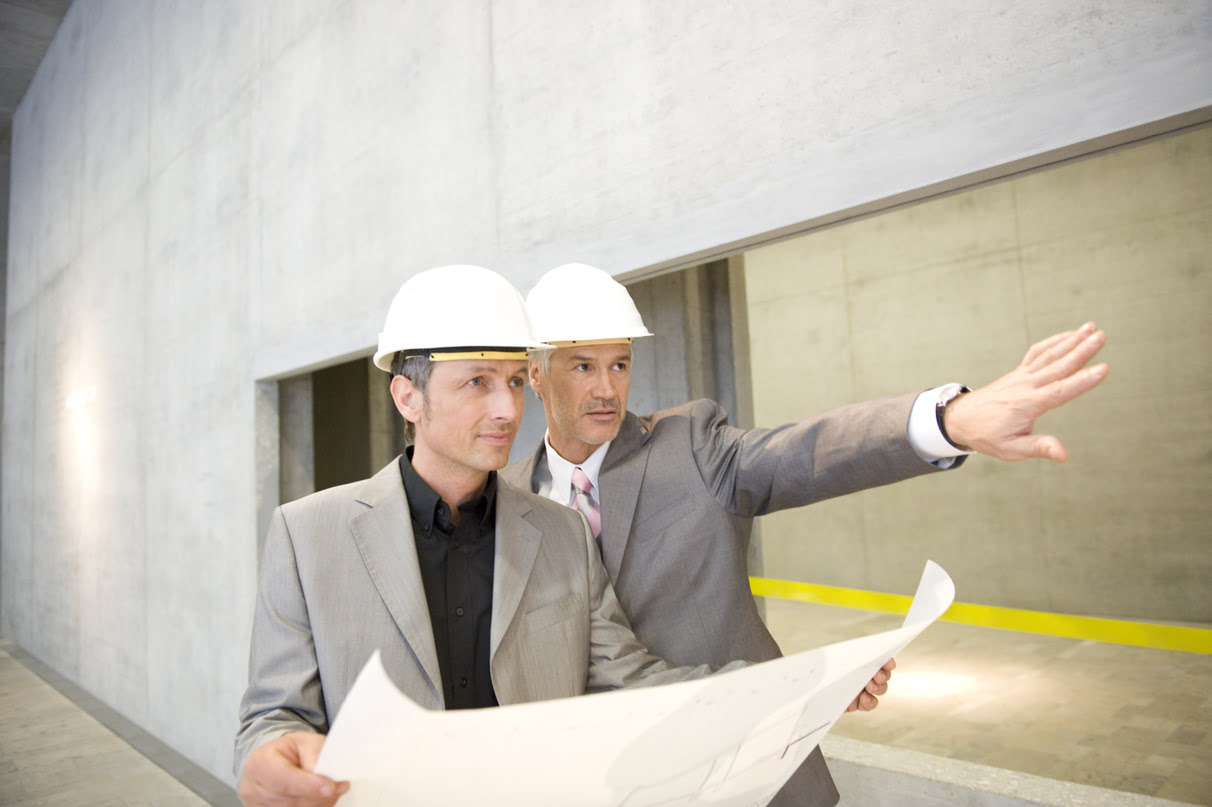
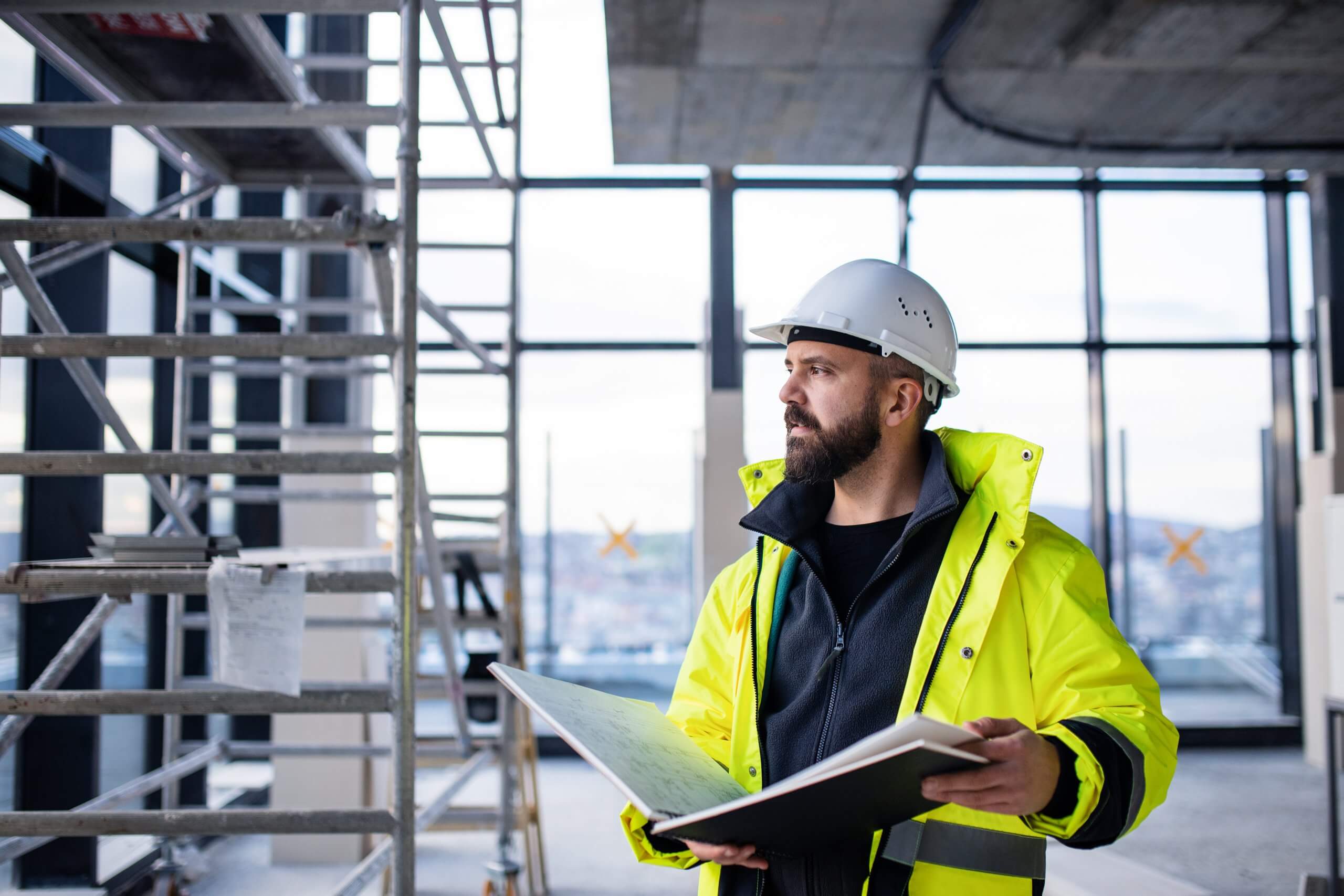


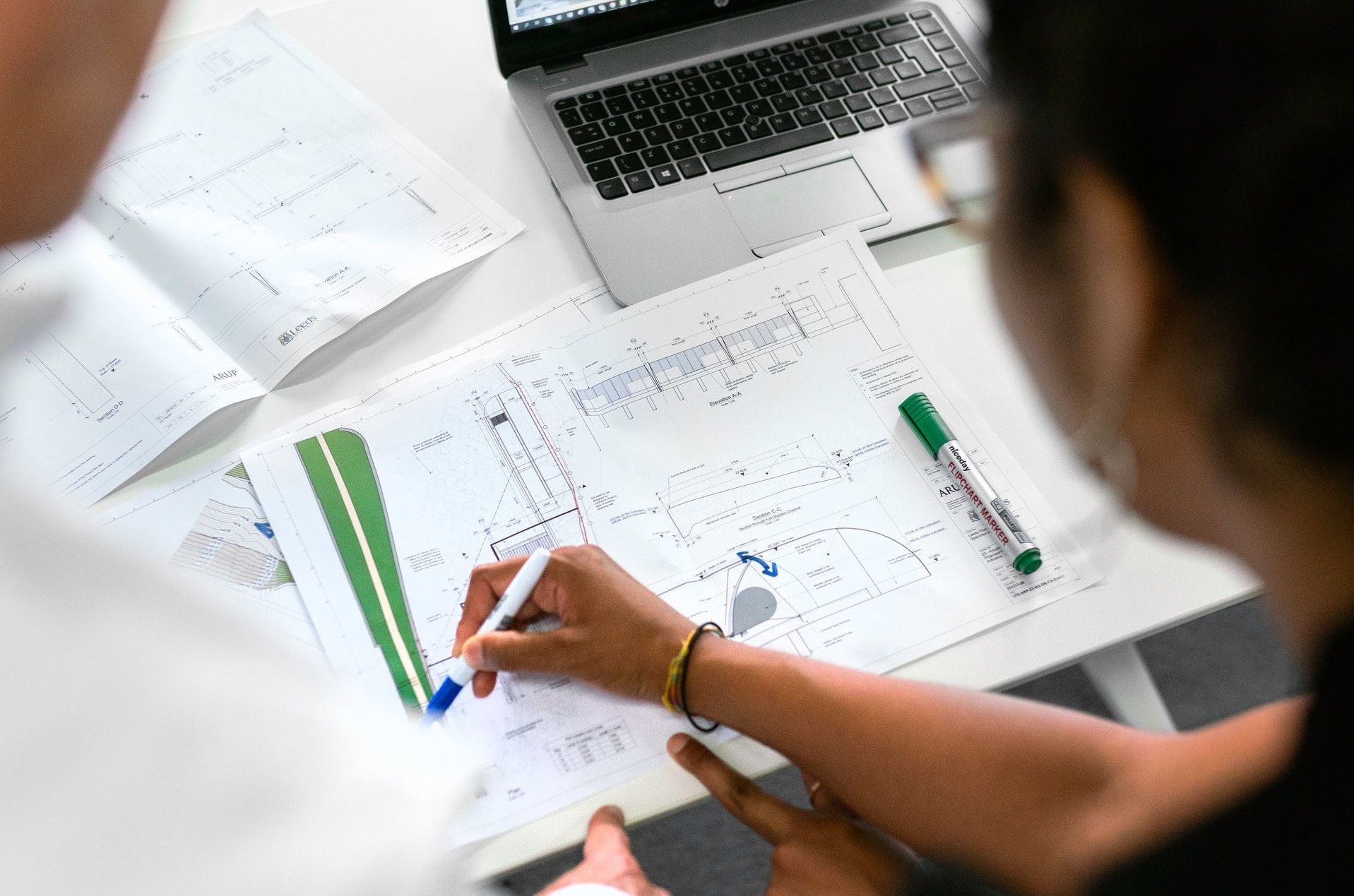
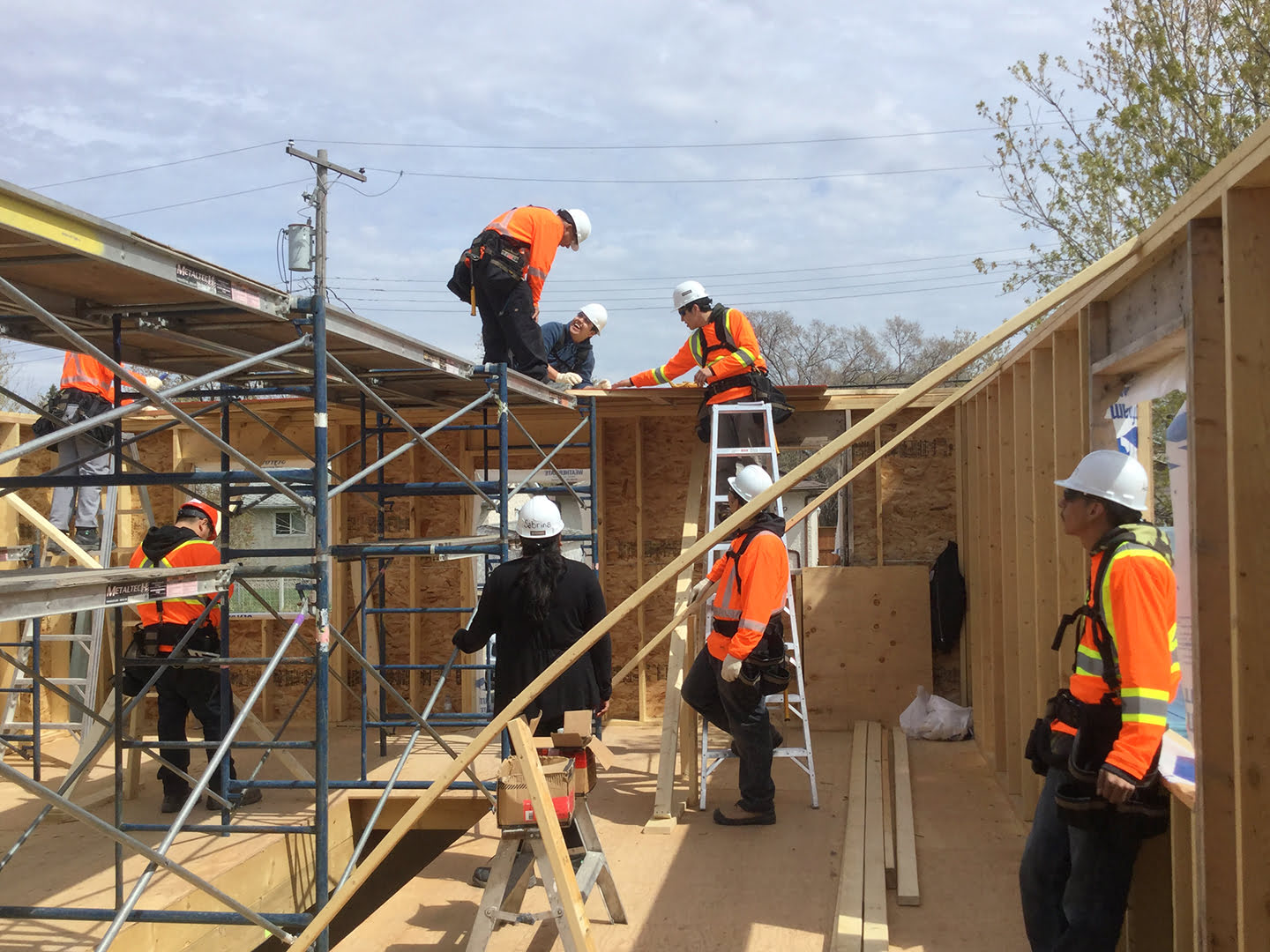
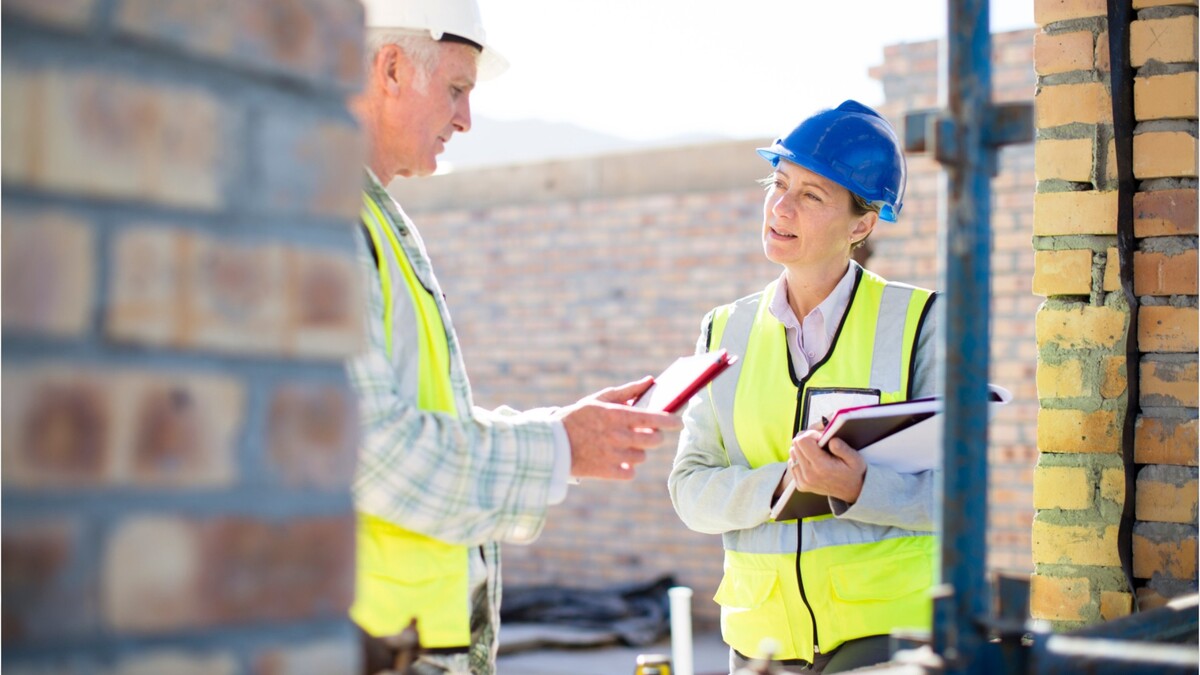
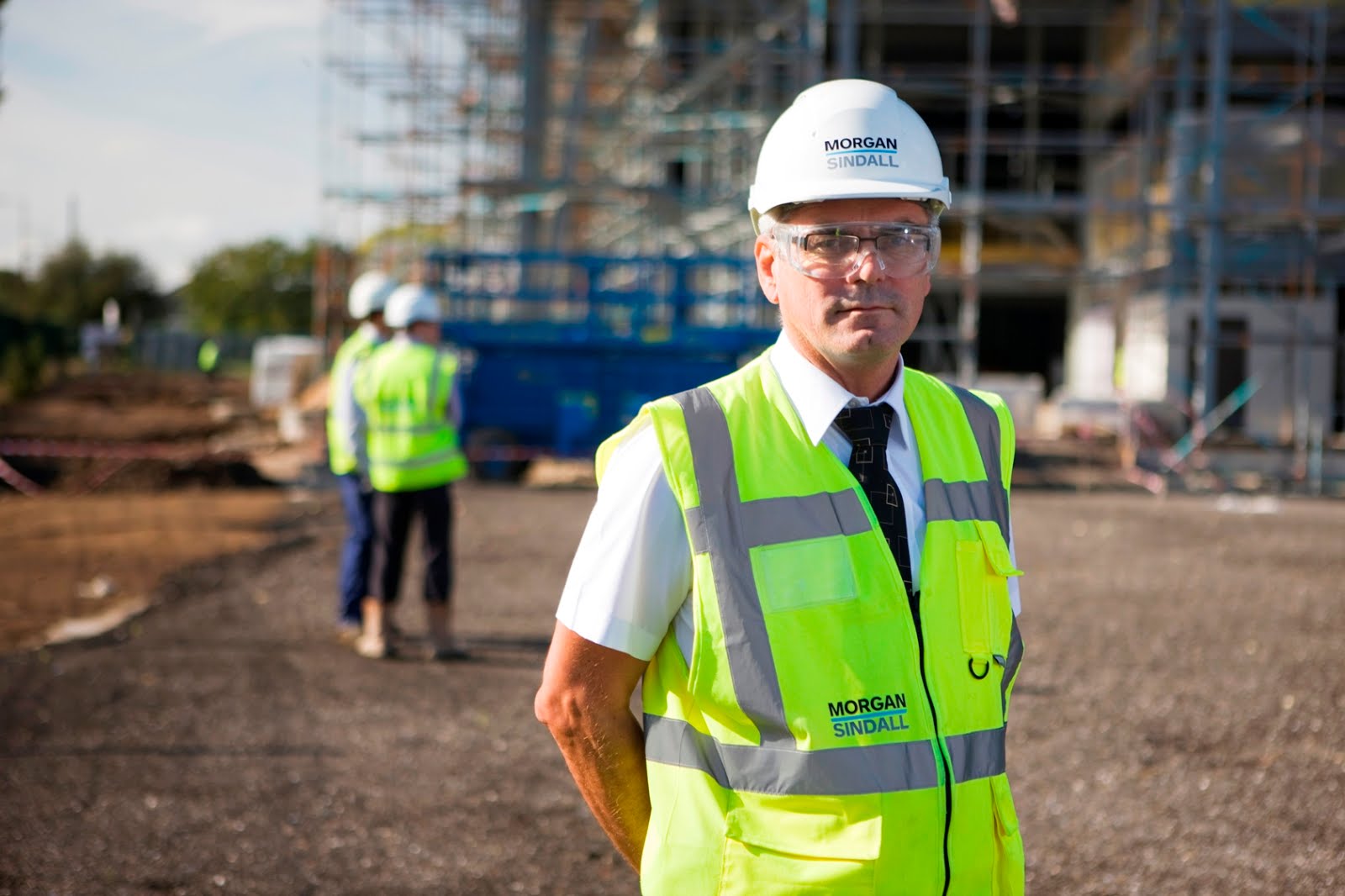
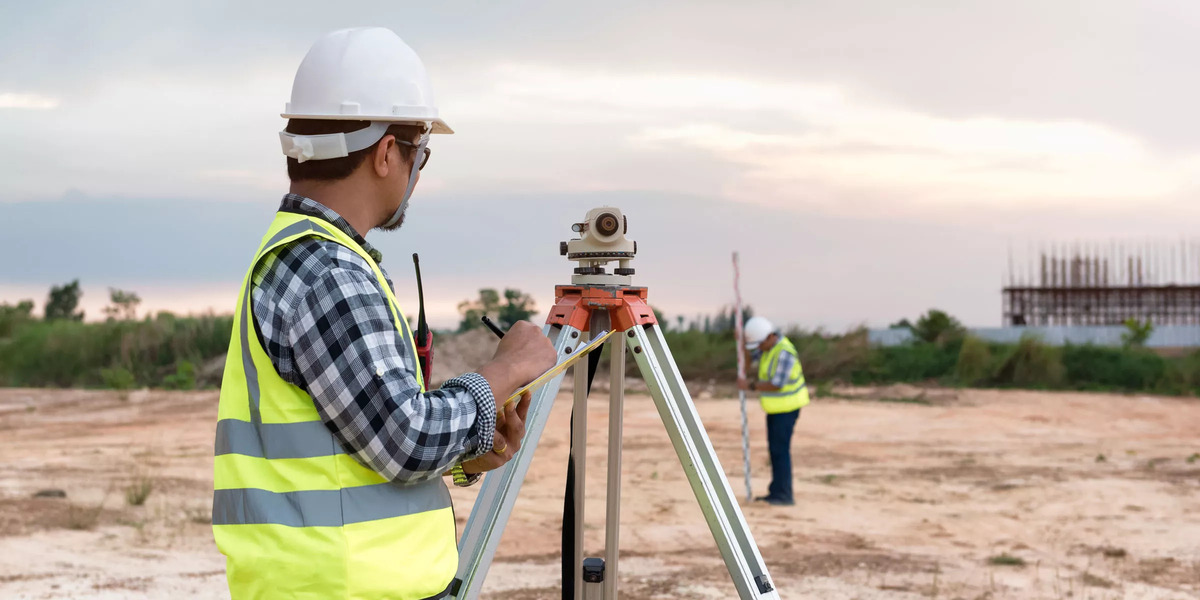
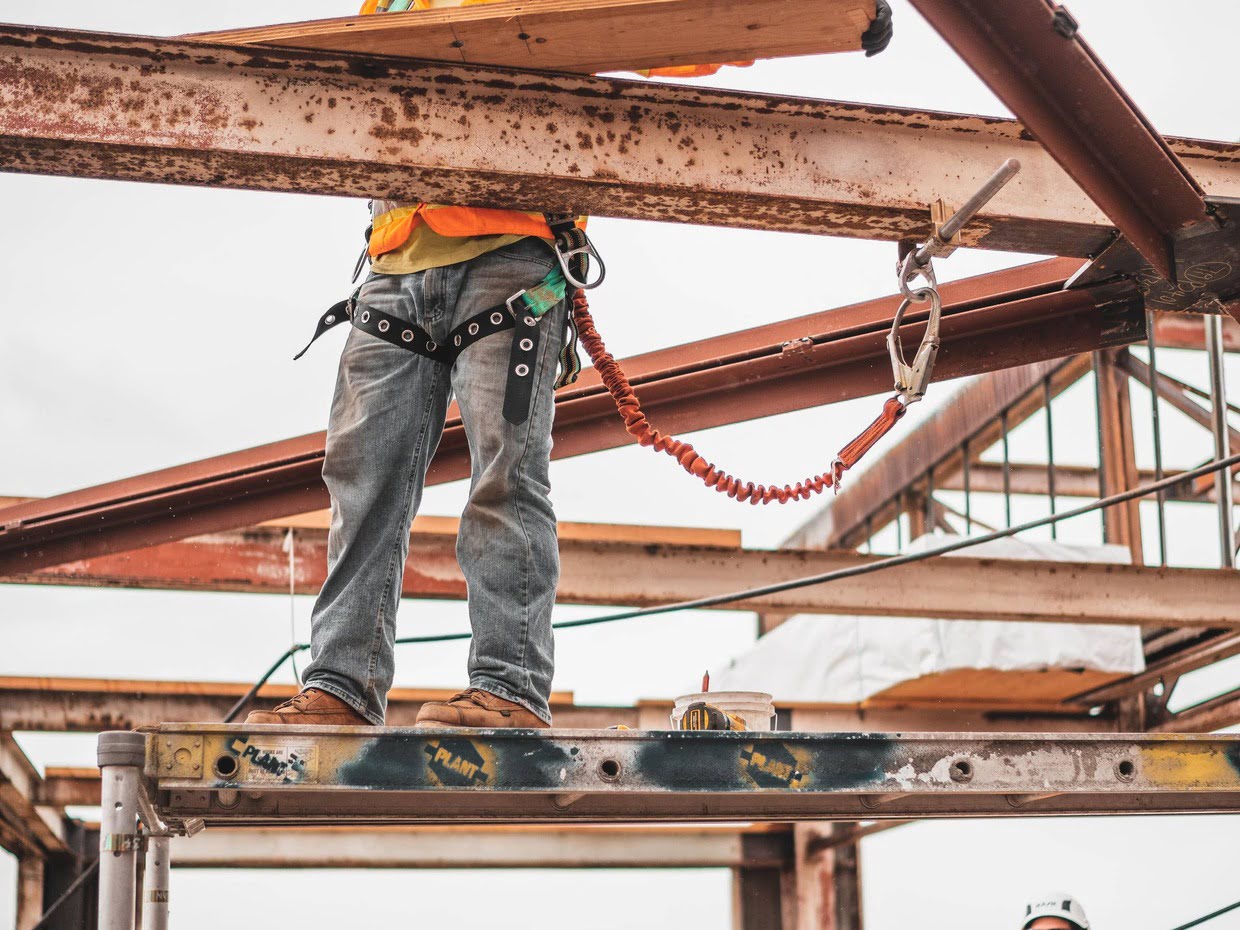
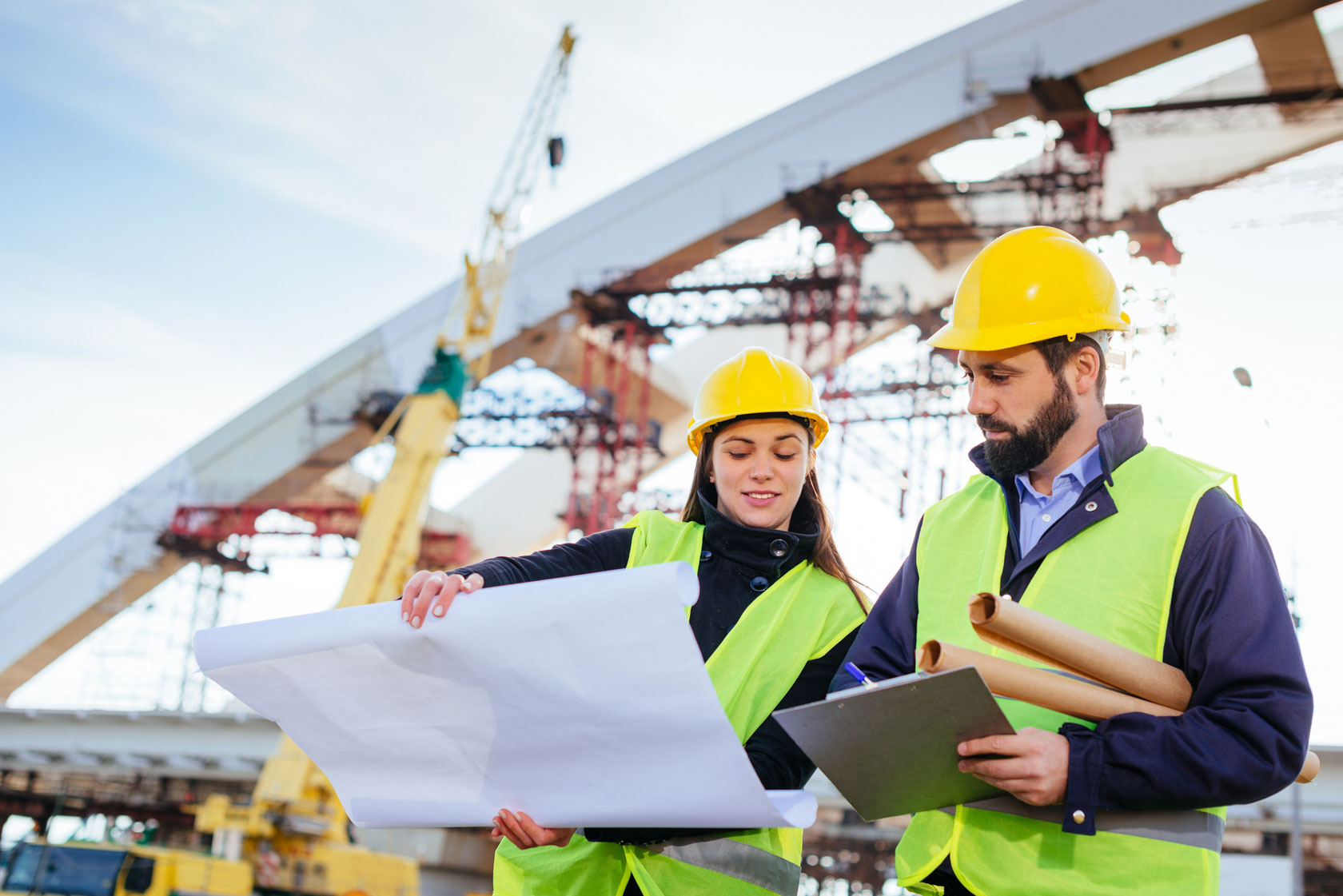



0 thoughts on “What Does An Architect Do In Construction”